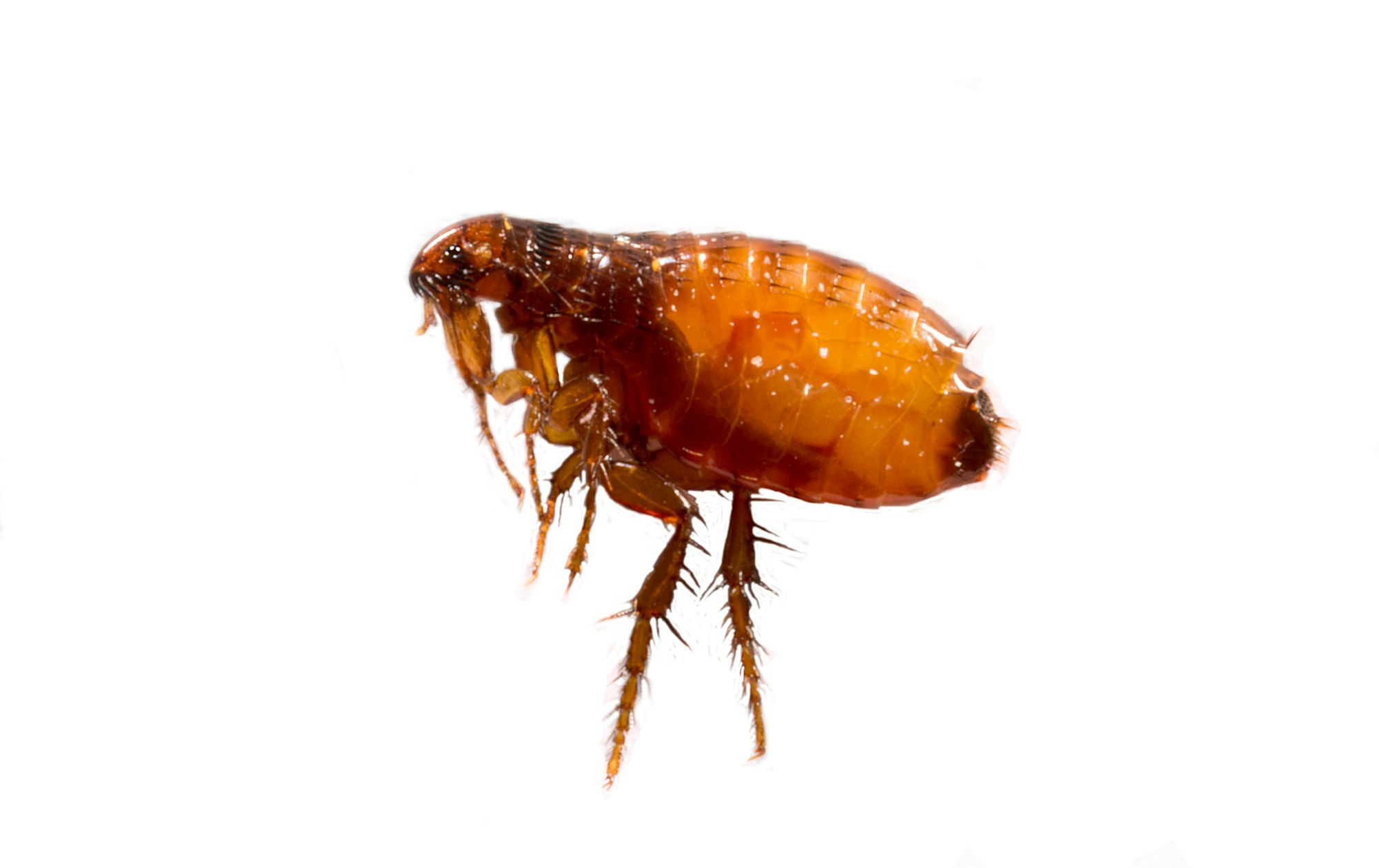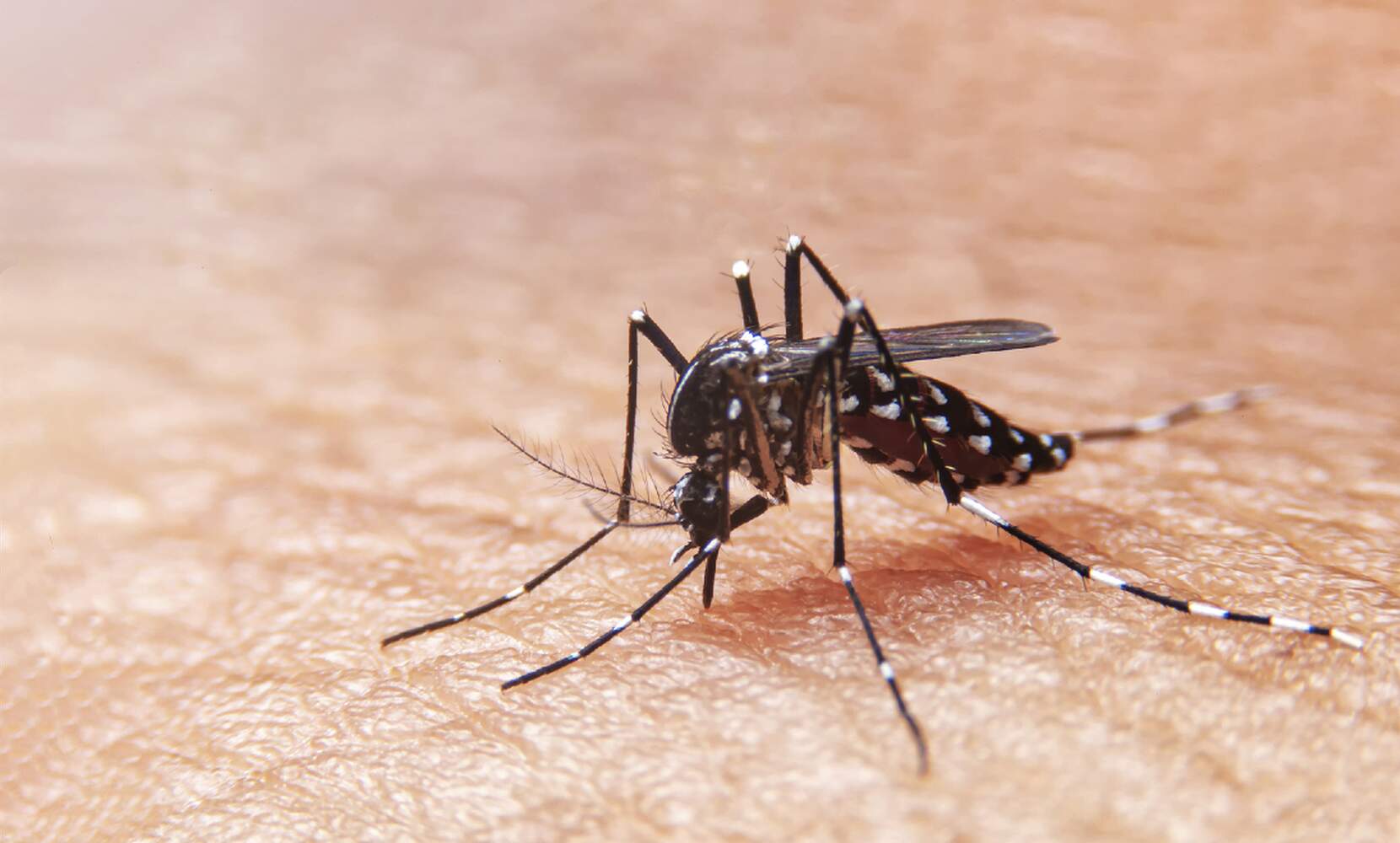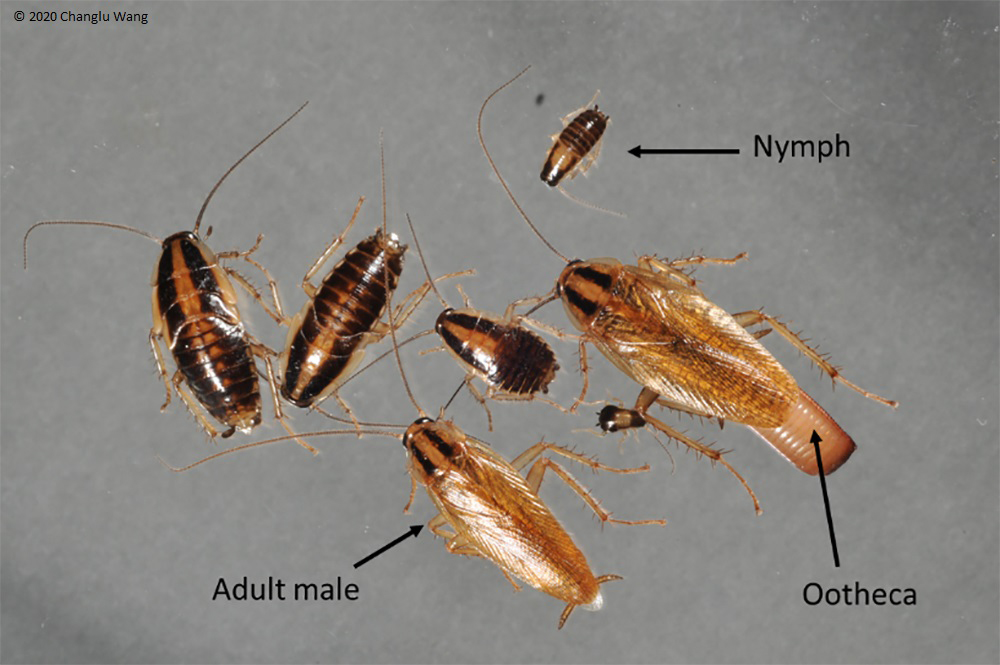How do I identify silverfish?
Silverfish are small, silvery-grey insects that are elongated and have a carrot-shaped body. They are about 1/2 to 1 inch long and have a distinctive, fish-like movement. They have two long antennae and three long tails on their hind end. They have six legs and two large eyes. They are typically found in dark, damp places, such as basements, attics, and bathrooms.
What are signs of a silverfish infestation?
Damage to stored food items or books, as they feed on carbohydrates, starches, and proteins.
Yellow or translucent, triangular-shaped droppings near their hiding spots.
Molted exoskeletons or skin shed as they grow.
Stains or small holes in wallpaper, fabric, or clothing.
Sightings of the insects themselves, typically at night when they are most active.
How do I treat for silverfish?
Humidity levels in your home can make it less comfortable to them. Use a dehumidifier and fix any leaks to help keep your home dry.
Seal entry points: Inspect your home for any cracks or gaps along the foundation or walls where silverfish might be entering. Use caulk or other sealing materials to block them.
Clean and declutter: Clean up cluttered areas, such as attics and basements, and store food items in airtight containers to reduce the silverfish’s food sources.
Contact BBK Pest Control
What can I do to prevent future silverfish infestations?
Store food items, such as cereal and flour, in airtight containers to reduce the food sources for silverfish.
Seal entry points: Inspect your home for any cracks or gaps in the foundation, walls, or windows and seal them to prevent silverfish from entering.
Keep your home clean and decluttered: Regular cleaning and decluttering of closets, attics, and other storage areas can help reduce hiding spots and food sources for silverfish.
Schedule preventative pest control services through BBK Pest Control





